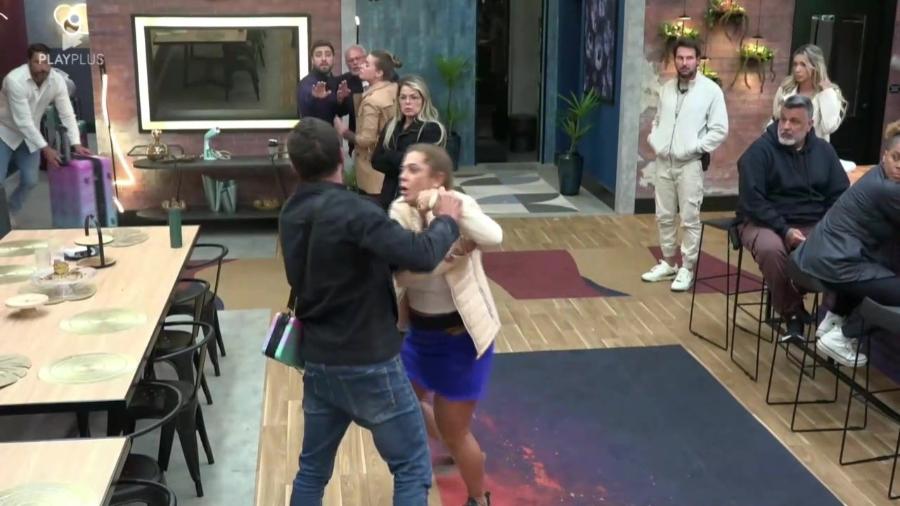Modelo fica com testa inchada após procedimento dar errado: 'Megamente'

A modelo australiana Jessie Car, de 21 anos, não ficou nada satisfeita com o resultado do "foxy eyes", procedimento realizado para puxar os olhos para cima.
Por algum motivo, Jessie ficou com a região dos olhos e da testa inchada, o que deixou o formato de sua cabeça estranho. A modelo acabou retirando os fios biodegradáveis que são colocados na região dos olhos, mas ficou ainda mais inchada.
"Quando você tem planos de sair no fim de semana, mas se lembra de que ainda parece o Megamente", brincou em um vídeo publicado no TikTok.
"Há uma pressão intensa nas minhas têmporas e parece que minha cabeça está prestes a explodir", lamentou Jessie em outro vídeo.
Nas publicações mais recentes, a jovem já mostrou que seu rosto tem voltado ao normal, apesar de ainda estar com curativos.















ID: {{comments.info.id}}
URL: {{comments.info.url}}
Ocorreu um erro ao carregar os comentários.
Por favor, tente novamente mais tarde.
{{comments.total}} Comentário
{{comments.total}} Comentários
Seja o primeiro a comentar
Essa discussão está encerrada
Não é possivel enviar novos comentários.
Essa área é exclusiva para você, , ler e comentar.
Só s do UOL podem comentar
Ainda não é ? Assine já.
Se você já é do UOL, faça seu .
O autor da mensagem, e não o UOL, é o responsável pelo comentário. Reserve um tempo para ler as Regras de Uso para comentários.